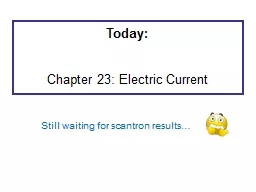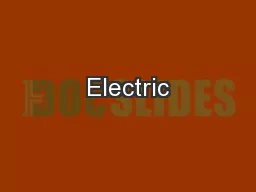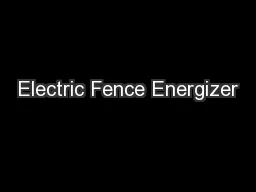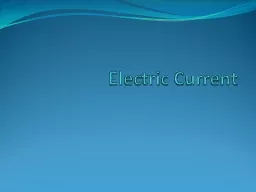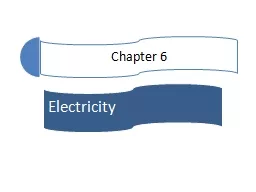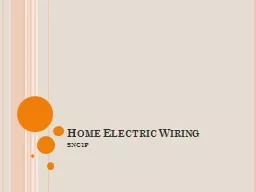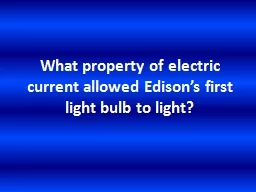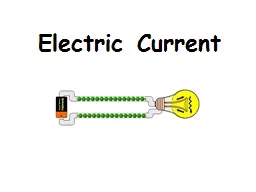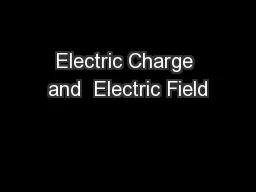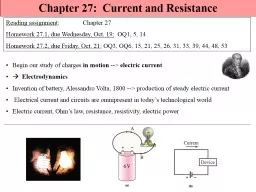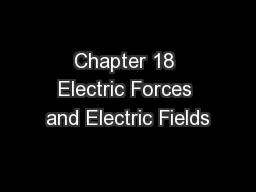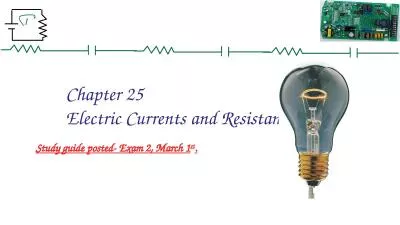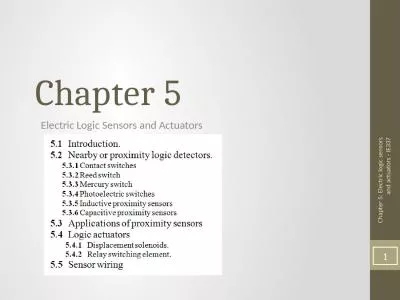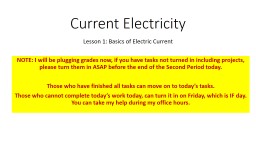PPT-Today: Chapter 23: Electric Current
Author : sherrill-nordquist | Published Date : 2020-04-06
Still waiting for scantron results Electric Current Is the flow of electric charge ie charged particles usually electrons between regions of different electric
Presentation Embed Code
Download Presentation
Download Presentation The PPT/PDF document " Today: Chapter 23: Electric Current" is the property of its rightful owner. Permission is granted to download and print the materials on this website for personal, non-commercial use only, and to display it on your personal computer provided you do not modify the materials and that you retain all copyright notices contained in the materials. By downloading content from our website, you accept the terms of this agreement.
Today: Chapter 23: Electric Current: Transcript
Download Rules Of Document
" Today: Chapter 23: Electric Current"The content belongs to its owner. You may download and print it for personal use, without modification, and keep all copyright notices. By downloading, you agree to these terms.
Related Documents

